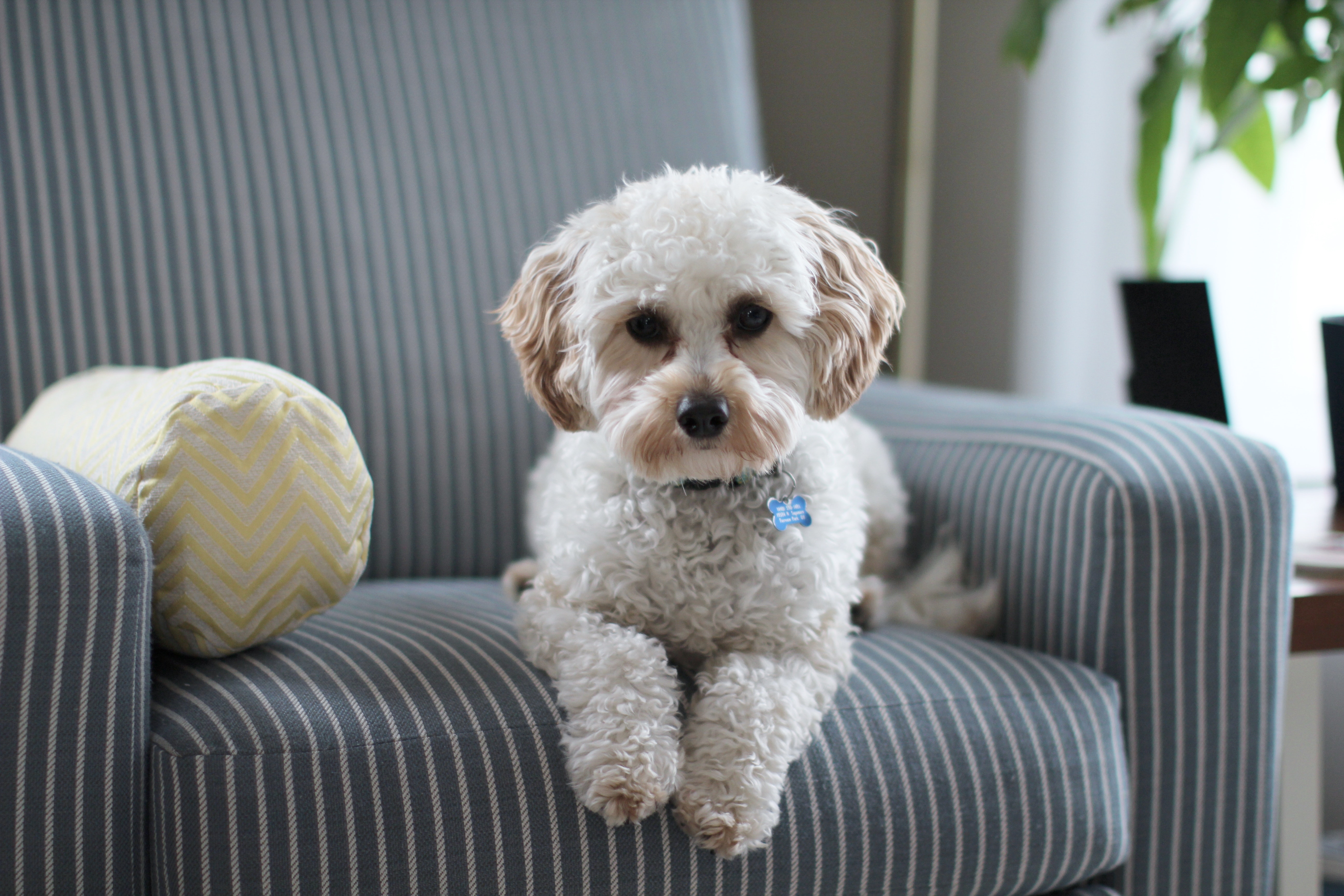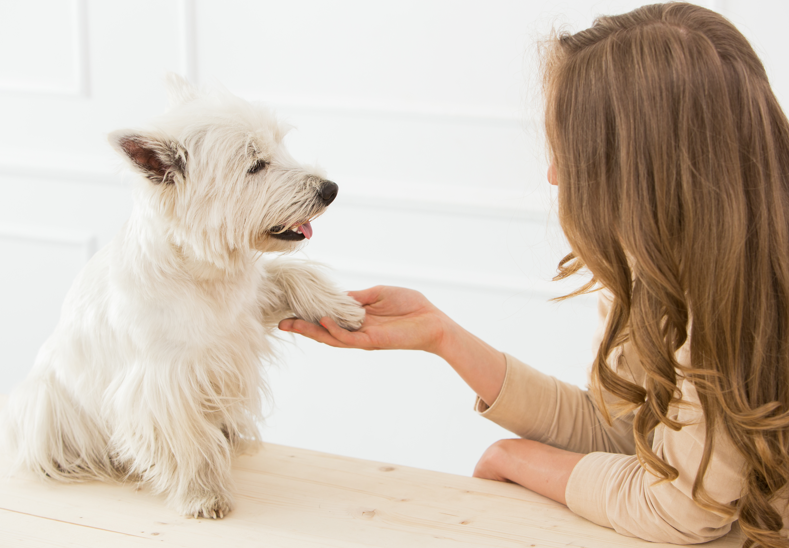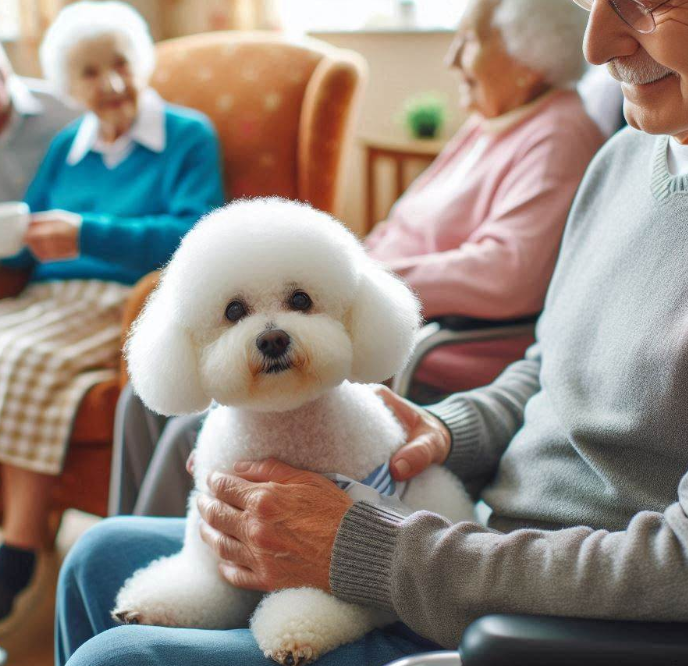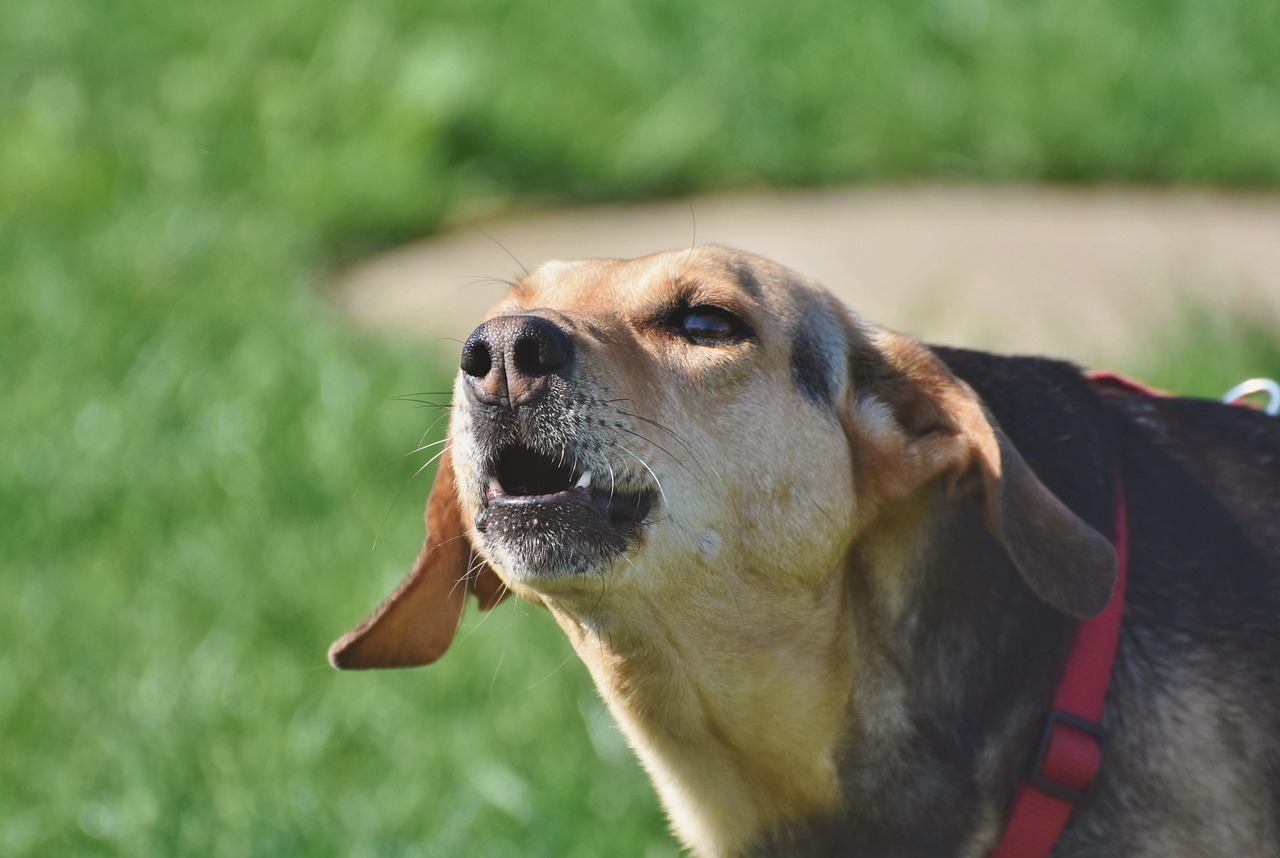
Playing with their pup is one of the favorite activities for many pet owners. Playing with toys, long walks and different exercises are very beneficial for both the handler and the dog, as they strengthen their bond. Additionally, they are beneficial for the pup’s health and his/her good shape. Unfortunately, pleasant playing can sometimes turn into a painful experience because of the sharp teeth of your doggy.
Why Do Puppies Bite?
Similar to humans, puppies also tend to bite and chew up many objects while in the teething phase. This phase is a natural part of the puppy’s childhood when pups are trying to alleviate the pain and the discomfort due to the teething. When biting, puppies are actually exploring the world using their mouths. This stage could take several months. The representatives of the Retriever breeds are likely to pick and fetch all kinds of objects, they could try reaching the arms of their handlers as well.
This kind of behavior could damage not only your furniture but your body as well, as puppies can not evaluate their biting strength. In order to prevent your pup from hurting you accidentally, you may want to teach him/her to stop biting. How to do that?
We would like to point out some actions that you should not take when your pup starts biting you.
What You Should Not Do?
It is really important to not punish your pup physically. This could cause not only physical injuries but also emotional disorders in your pup. It could lead to fear or even aggression towards other animals and humans. You need to remember that your doggy is not trying to dominate you.
You should not pull your hand or foot away while your pup is biting you. This kind of behavior is likely to be misunderstood by your pup and his/her natural instincts for chasing could be activated.
How to Impede This Behavior
When a dog is being bitten, it usually yelps. You can imitate this behavior and use a high-pitched sound to show that you have been hurt. If your pup does not recognize the warning and keeps biting or is getting even more affected, you can just ignore him/her, turn around and get some distance from him/her. You can also bring him/her in the cage for some time so that he/she can cool off. It is really important to praise and reward your pup when he/she understands what you are expecting him/her to do and behaves properly.
If your pup tends to bite you during a playing session, you need to show him/her that you will not tolerate this behavior and stop them playing. Your doggy needs to discern when his/her behavior is acceptable and the game will continue and when the game will stop in response. He/she can mouth, but not bite. You need to discourage the behavior that you do not like.
Find substitute objects like toys
Once you clearly show your pup that “biting” stops the game, you need to find alternative objects (toys) that he/she can bite. Using substitute items can be very helpful for improving your dog’s behavior, as this will make it clear which things he/she may and may not bite. However, if the alternative objects do not have the desired effect and your dog continues biting, you may follow the advice above- stop playing and walk away for some time, until your pup calms down.
Redirect your pup’s attention
You may want to create an interesting and friendly environment where he/she can bite and mouth in order to explore it. A good idea would be buying chewing toys, or toys, that have treats hidden inside and should be found by your dog.
It would be very helpful for you to train your puppy to fulfill commands like “leave”.
Another method to stop your pup from biting that will also keep both of you in a good shape is regular exercising and training.
Training
You can try training your pup certain commands like “stay”, “sit”, “lay down”, first by luring him with treats. When he/she gets too energetic and tries biting you or “forbidden” objects, you can show him/her delicious treats to grab his/her attention to start the training. Your doggy needs to see the treats but not be able to reach them. He/she is likely to try to grab them, but you have to move your hand away and to say a chosen command word as a signal for him to stop. Once he stops trying to get the treats and calms down, you need to encourage him with another command word and reward him. You need to remember to keep the sessions short.
During the training sessions, you also can teach your pup the command “leave” when you want him/her to leave an object that he/she is biting. For this command, you can use treats again. First, put a treat in your hand so that your puppy can see it and say a restricting command word if he/she is trying to grab it. Then you can try putting a treat in front of you and observe the reaction of your doggy. If he/she tries to grab it (which is very likely) you can cover the treat with your hand or other object and say a restricting command word. When your doggy calms down and stops trying to grab the treat, praise him with an approving command word and give him a different treat.
Once your pup understands what you are expecting him/her to do, you can keep training, using different “forbidden” objects. He/she should be aware of the fact, that the command words are related to all kinds of objects, especially to your hands and feet. Do not forget to praise him/her when he/she fulfills a task and to reward him/her accordingly.
Exercises
Another joyful and pleasant method that you can use to make your pup stop biting is regular exercise. You may want to figure out funny games, that will help your doggy spend the excess amount of energy. Of course, you need to evaluate the length of the exercises in order to prevent your pup from exhaustion or from bone injuries.
We already mentioned that you can use toys in order to distract the attention of your dog from your hand/foot or from your furniture. There are also different types of items, that can be used to prevent your dog from biting. But how does that work?
Special Toys That Are Designed to Taste Bad
These are special toys or sprays that usually have a bitter taste. It is important that you first make your pup connect the toy with its particular taste and smell. You need to be very affectionate when putting a small part of the toy in your pup’s mouth. He/she definitely will not like the taste and will expel the toy. After that you may want to make your pup smell the toy, so that he/she can associate both a taste and a smell with the item. Then you can try using the item in real situations when your dog starts biting your furniture or shoes. You need to put the toy on the items in your home that your dog is not allowed to bite. Keep doing that once a day and deny your dog access to his water bowl for about 30-60 minutes. If your pup knows that he/she can remove the bad taste from his/her mouth every time, the toys will not lead to the desired effect. Once your pup gets the idea and stops biting your furniture or all items you want to keep away from his mouth, you can stop using the toys. You may need to keep doing this for a few weeks or a month.
If you find it challenging to make your pup stop biting by yourself, we would recommend another option.
Use professional Trainers and Enroll in Obedience and Socializing Courses
As it can be really difficult for some owners to train properly their pups, you can reach out to professionals who will provide a proper training in accordance to the puppy’s needs and behavior.












